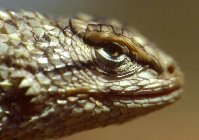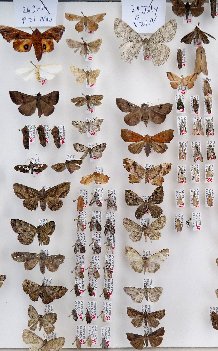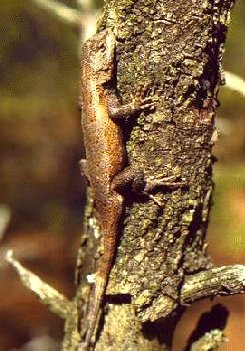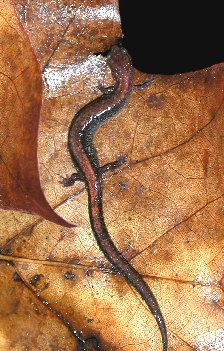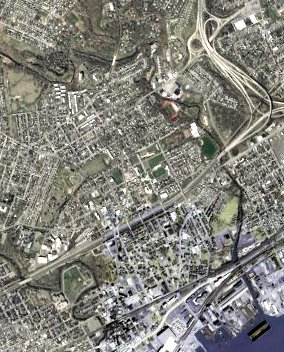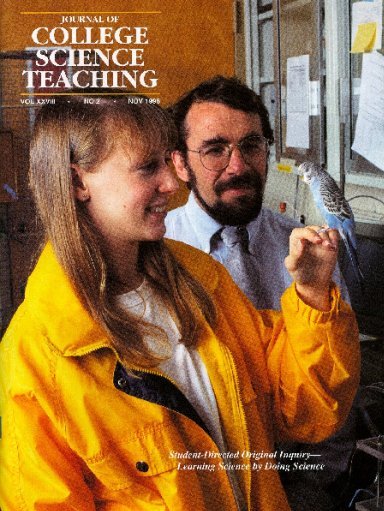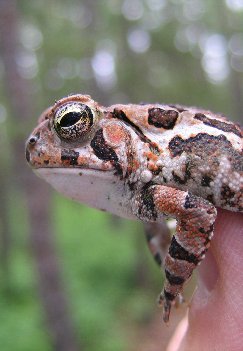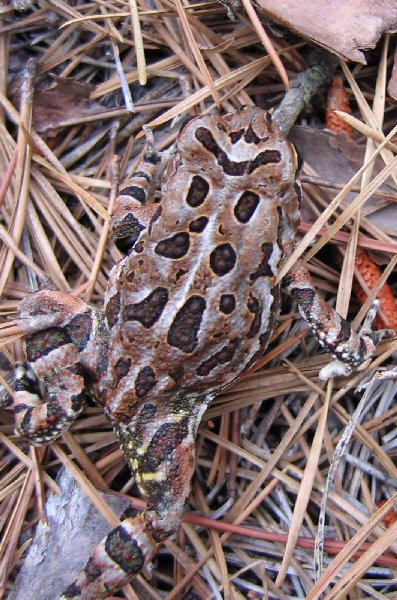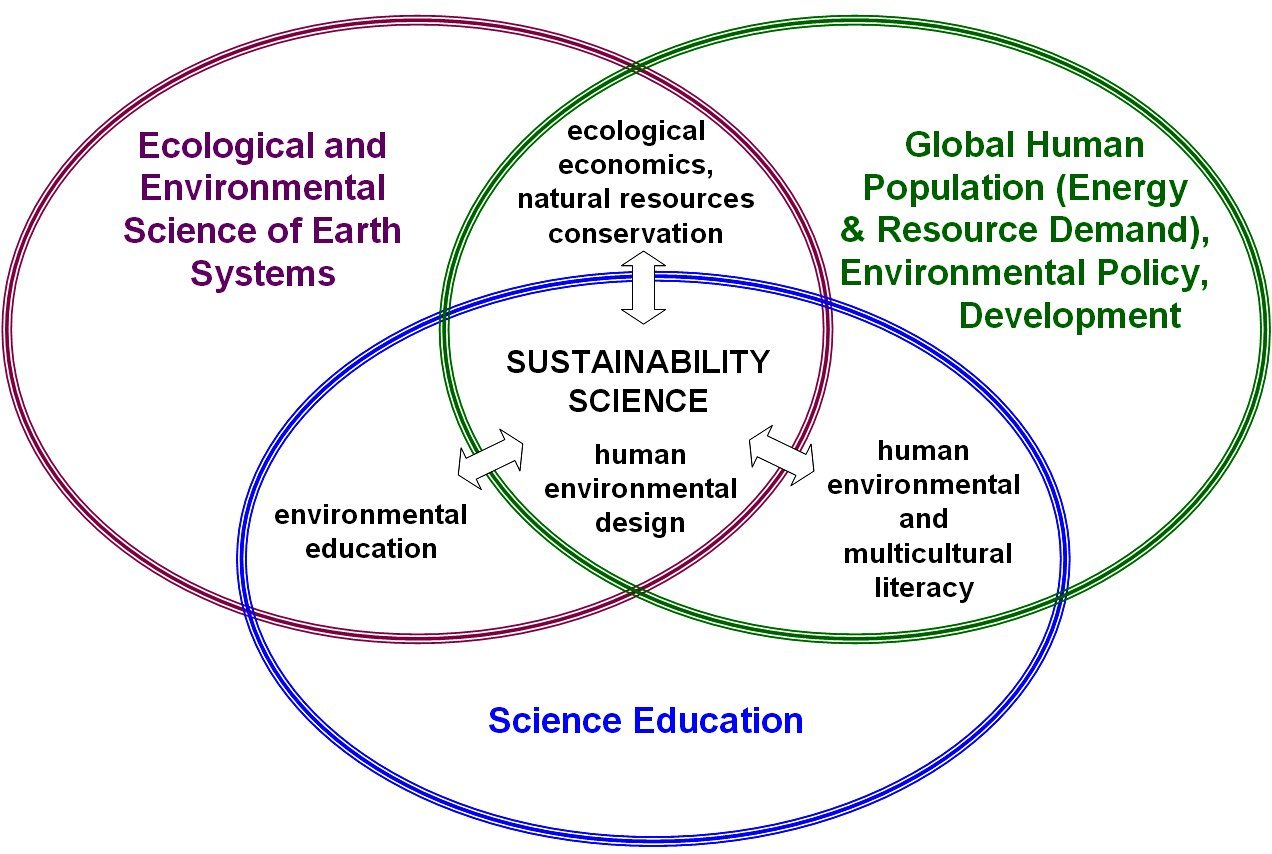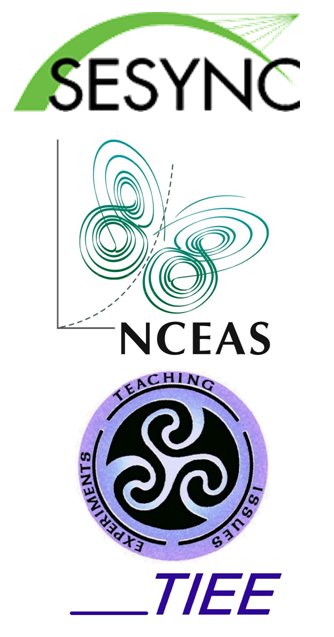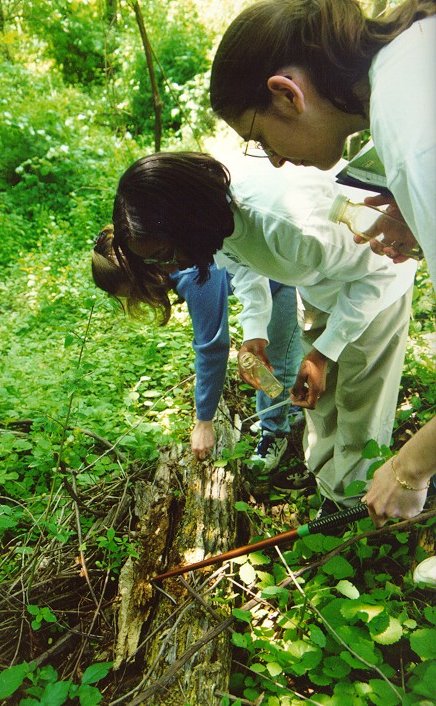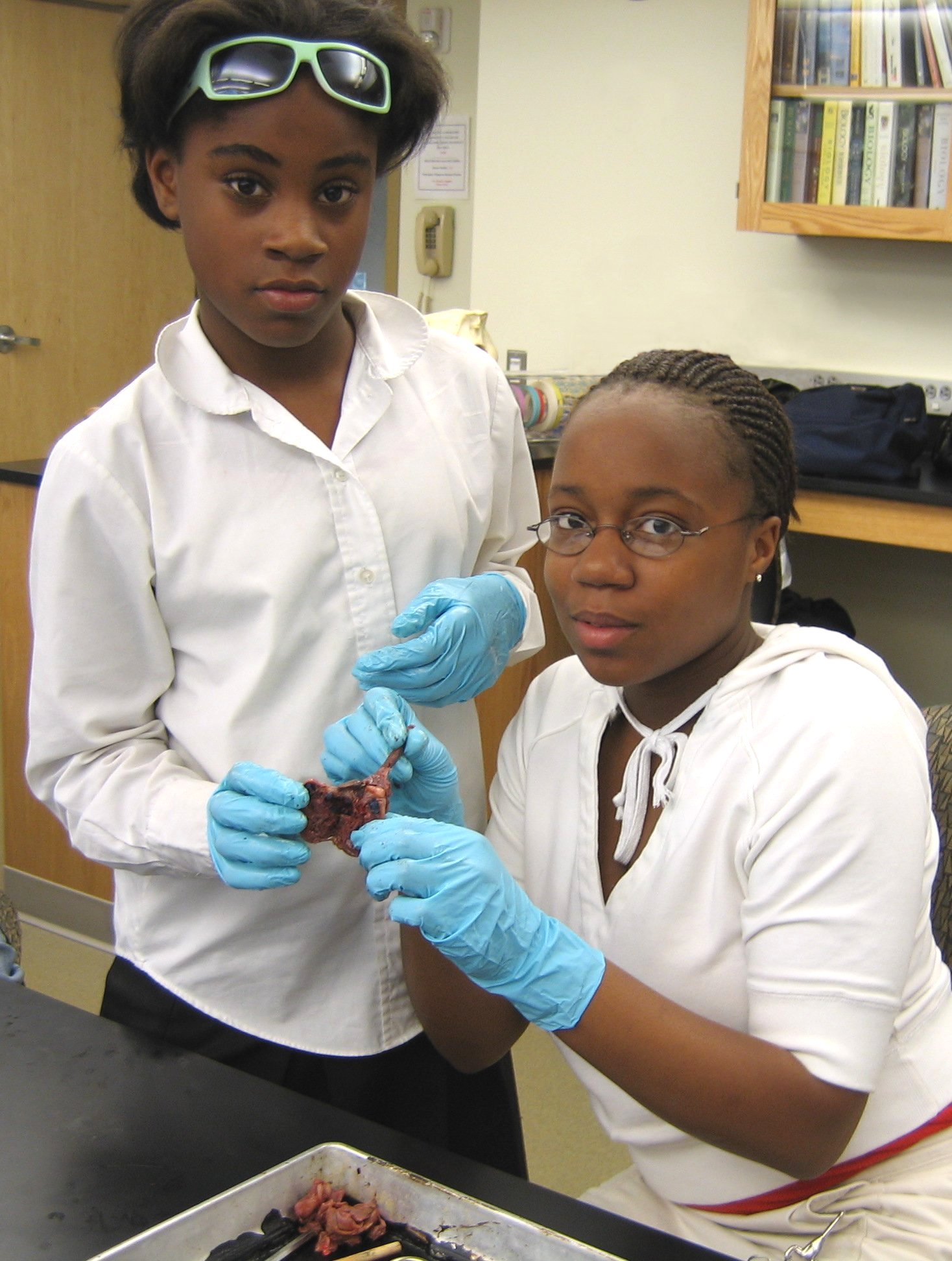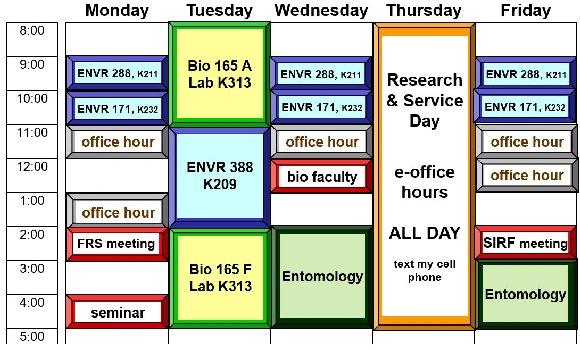Fowler's Toads, Bufo fowleri, are the common toad in the New Jersey Pine Barrens on my research site for Eastern Fence Lizards.
The Pine Barrens exhibit highly acidic sandy soils and surrounding bogs (pH = 4 to 5) where toads live and breed. Yet, it is widely known that environmental
acidification causes amphibian decline elsewhere, and published research by Widener Faculty and Students has shown that compromised immune systems due to acidity
can be an important cause of death. I ask -- how are these toads able to survive and breed in the high acidity in the heart of the Pine Barrens?
Do the toads distinguish between and orient either towards or away from acidic soil conditions? To address these questions, I use a simple soil pH choice apparatus in lab.
By recording toad movements, one can test hypotheses about orientation behavior and pH preferences.
*** Interested ? *** I need student collaborators who are interested in behavioral ecology in lab for
2012-2013 (especially spring 2013).
Please email me at bwgrant@widener.edu to get involved. Freshmen are welcome!
